The truths that await go far beyond the lawsuit filed by a child in court. In fact, “Capernaum” reminds us of that ancient question, one that has been asked of the world but left unanswered: “What have we done to each other?”
Nadine Labaki’s 2018 film “Capernaum” is not only a masterpiece that reveals the social injustices experienced by a child but also a touchstone that penetrates the depths of human psychology. The film centers on the life struggle of a 12-year-old child named Zain, who grew up in the backstreets of Lebanon, facing both individual and societal injustices. However, this story is not just about a child’s struggle for survival; it also reveals psychological breaking points, lack of belonging and existential helplessness in their most profound forms. The identitylessness, spiritual abandonment and invisibility of acceptance by humanity that a child experiences appear before us as the traumatic revelation of social injustices inflicted on the individual. Growing up in the backstreets of Lebanon, trapped in poverty and chaos, Zain’s story exposes the structural violence that tears apart the psychological integrity of the individual while simultaneously exploring the boundaries of human nature. “Capernaum” is a story full of real-life truths that delve into the darkest corners of the human soul, taking the viewer on a stark confrontation not only with the outer world but also with the inner workings of the human psyche.
Poetic echo of cinema
Labaki’s camera uses a language that combines compassion and harshness. Visual narration becomes a poetic search for justice, almost in a documentary-like reality. Broken toys, dusty streets and dark rooms don’t just create an atmosphere; they also serve as a metaphorical map of the human soul.
At this point, the film shows that cinema is not only a tool for storytelling but also a psychological space for deeply understanding and feeling human experience. It prevents the audience from being passive observers; instead, it invites them to question their conscience, responsibility and the human condition.
The film balances precariously between tragedy and hope. The silent rebellion burning in Zain’s eyes is not only a reflection of an individual destiny but also a collective conscience. “Capernaum” sheds light on the dark corners of the modern world while offering a deep meditation on the resilience of the human spirit and the unending search for justice.
Childhood traumas
Zain’s story reveals how childhood traumas cause profound damage to an individual’s personality development. According to Bowlby’s attachment theory, neglect and abuse at an early age hinder emotional development and damage a child’s object relations.
Zain develops a survival reflex in response to his parents’ neglect and society’s indifference. As Freud’s theory of “defense mechanisms” suggests, an individual who grows up under constant threat develops psychological armor to survive. Zain’s rebellion can be seen as an expression of internal conflicts, and his suing his family in court fits Sartre’s existential philosophy. This act is both a symbolic rebellion and an effort to repair his identity and the identities of future generations.
According to Sartre, a person is condemned to be free, and this freedom imposes an existential responsibility. Zain’s action is an attempt to shape his own destiny by refusing to be a passive victim. This rebellion is not only an individual act but also a resistance against the systemic and unchecked injustices produced by the social structure. Despite the helplessness he feels, Zain becomes his own hero in order to make sense of his existence.
Criticism of system
The film is not just the story of an individual trauma; it also functions as a mirror that makes marginalized segments of society visible. Evaluated through the lens of Michel Foucault’s concept of biopolitics, Zain’s body and life are forms of existence ignored by the government. While the system only cares about the visible, “invisible lives” like children growing up on the streets are pushed into the social unconscious.
“Capernaum” reveals a social trauma: poverty, loss of identity and the reduction of human beings to “surplus bodies” within the system. The film also raises a deep philosophical inquiry about immigration and belonging. Zain’s journey is reminiscent of Hannah Arendt’s concept of statelessness, showing how an individual without identity is deprived of both legal and human rights in the modern world.
Throughout the film, Zain’s lack of identity represents a sense of “nothingness” on both a legal and psychological level. According to Erikson’s theory of psychosocial development, the sense of identity is formed during adolescence. However, Zain’s lack of identity interrupts his struggle to exist as an individual. This struggle for identity and the emptiness he feels signify how the individual is deprived of recognition within the social structure. This situation aligns with Giorgio Agamben’s concept of “homo sacer”; Zain has become a subject that the law cannot protect, pushed outside the social structure. A child without an identity is trapped not only in a legal void but also in a psycho-social nothingness, becoming invisible and blurred.
Psychological impact of neglect
Zain’s psychological state can be analyzed using Bowlby’s attachment theory. Secure attachment is critical to a child’s emotional development. However, Zain externalizes the love and protection he does not receive from his family while taking care of Yonas, the baby of an immigrant woman named Rahil. This situation can be seen as the child’s attempt to become an adult, inverting Winnicott’s concept of the “good enough mother.” The compassion Zain shows Yonas points to a psychological compensation process, externalizing the love he cannot receive within himself. By protecting someone else, Zain tries to make sense of his own victimization.
Zain’s psychological collapse can be seen in the context of a lack of love and trust. Winnicott’s concept of a “good enough mother” requires the parent to be supportive and sensitive so that the child can develop a healthy sense of self. However, Zain’s parents fail to provide this basic emotional support. His compassion for Yonas is an unconscious attempt to fill the gaps in his own childhood. This can be explained by Melanie Klein’s concept of “repair desire”: Zain’s effort to heal his own fragile self is externalized through the act of caring for someone else.
Existential freedom, responsibility
“Capernaum” also makes clear references to Sartre’s existential philosophy. According to Sartre, a person constructs his existence through his choices; however, these choices come with both freedom and responsibility. Zain’s decision to take his family to court is a rejection of his predetermined fate and a rebellion against his destiny. This action aligns with Sartre’s proposition that “man is condemned to be free.” Zain becomes an active subject by refusing to be a passive victim of fate. His rebellion is not just personal; it’s also a resistance to the structural violence perpetuated by the system. To expand on this, Zain’s internal conflict can also be analyzed through Lacan’s mirror stage theory, where he sees an incomplete and fragmented image of himself in the social mirror. His anger stems from a deep desire to compensate for this deficiency. Yet, we also see that anger is not a form of salvation; Zain’s cry is much more than an individual reckoning.
Social memory, collective trauma
Zain’s individual trauma is intertwined with Lebanon’s post-war social memory. According to Alexander’s theory of collective trauma, individual pain echoes through the collective memory of society and is passed down through generations.
In the film, the rights violations Zain experiences are not only an individual tragedy but also a testament to Lebanon’s history of social injustice. The structural inequalities in society damage the individual’s spiritual integrity, transforming him into a ‘homo sacer,’ a being who is neither recognized by the law nor granted legal status.
Silences in scream
“Capernaum” is a bold accusation directed at the collective conscience of humanity through Zain’s eyes. The film not only tells the story of a child’s struggle for life; it also exposes the spiritual collapse of the individual, the wounds caused by anonymity and the destructive effects of social structures on the individual. Zain’s silent scream penetrates the deepest and darkest corners of human psychology. This scream will continue to echo as the voice of the ignored, the forgotten and the unidentified.

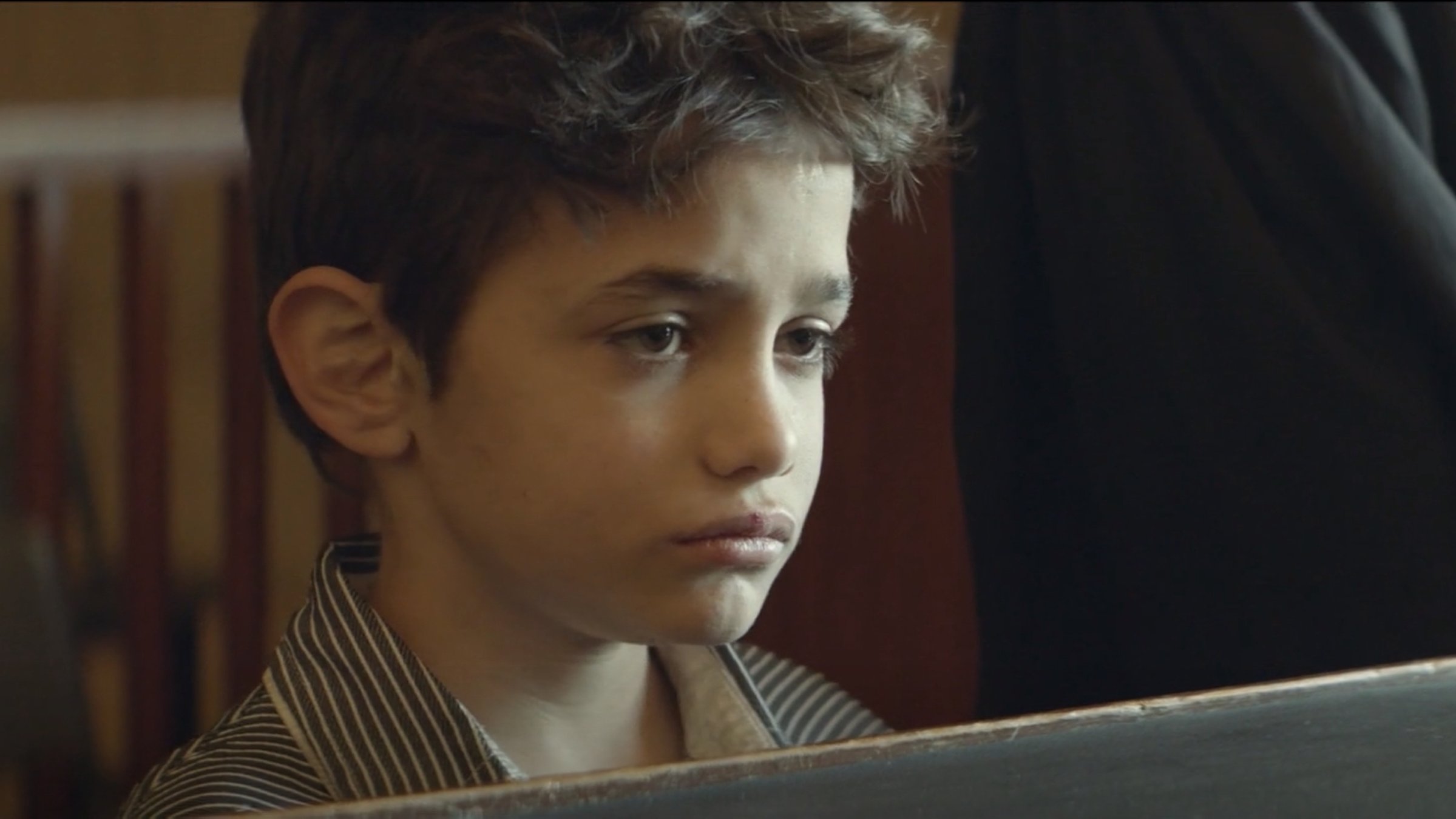
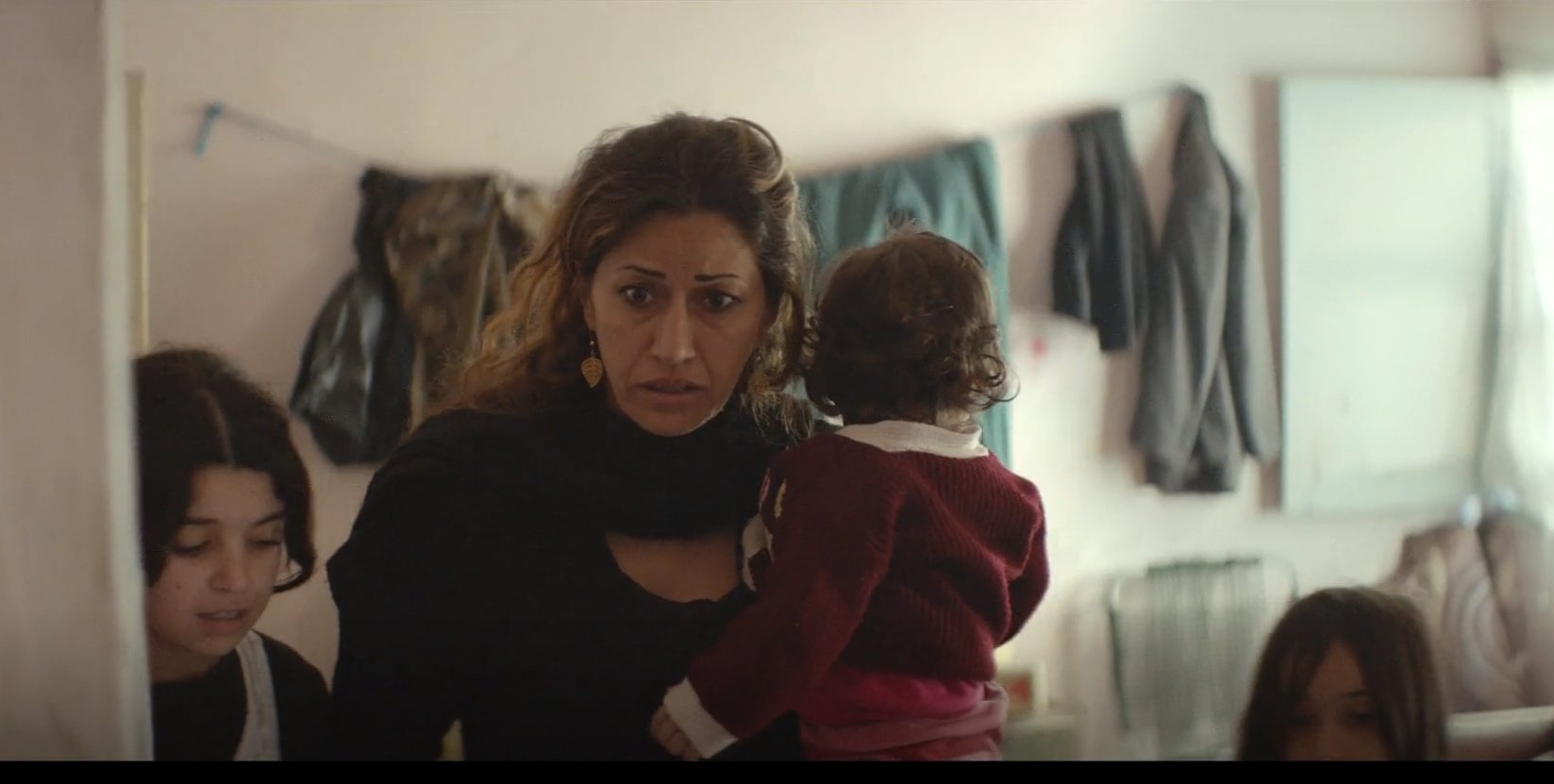
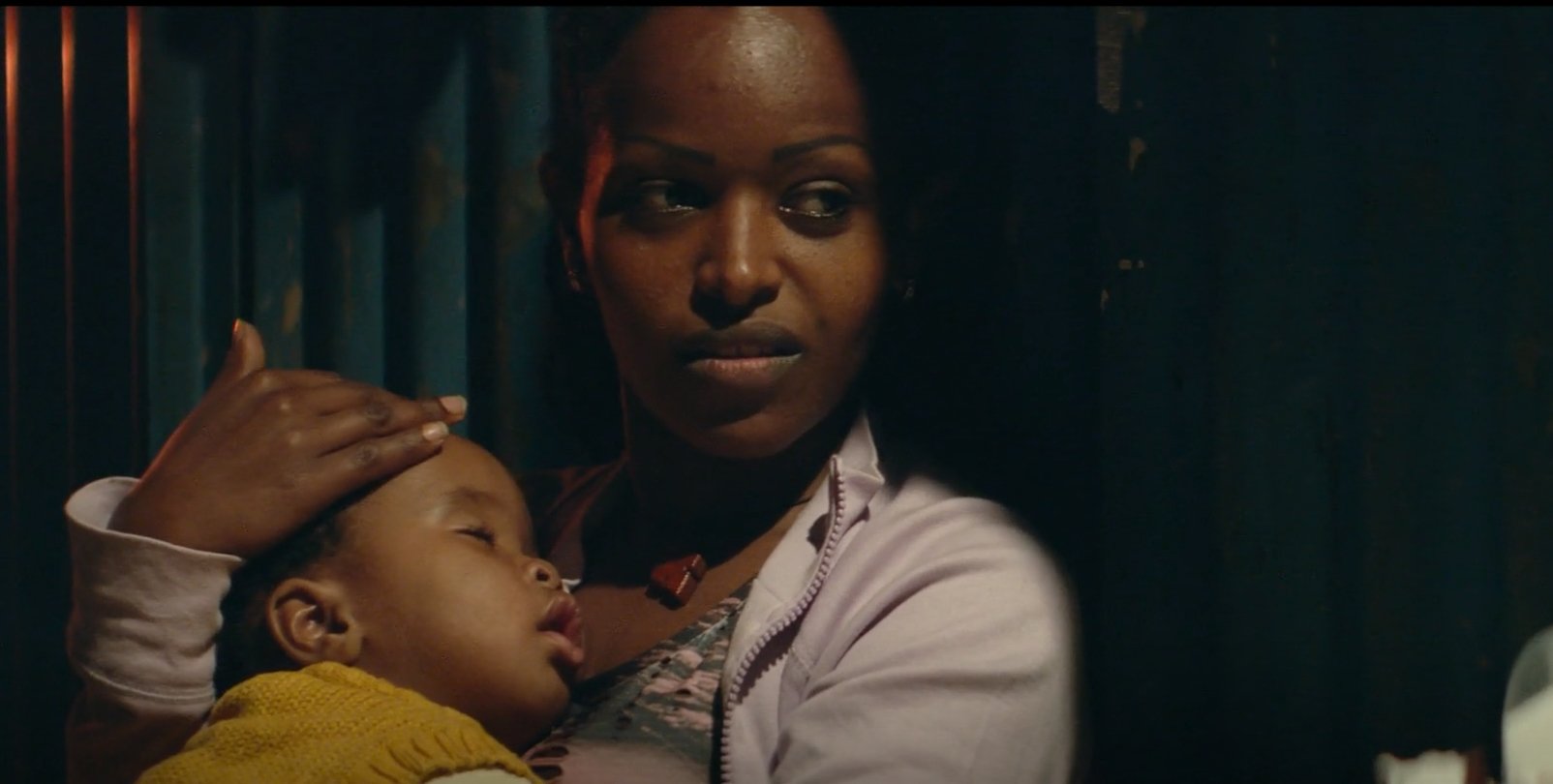
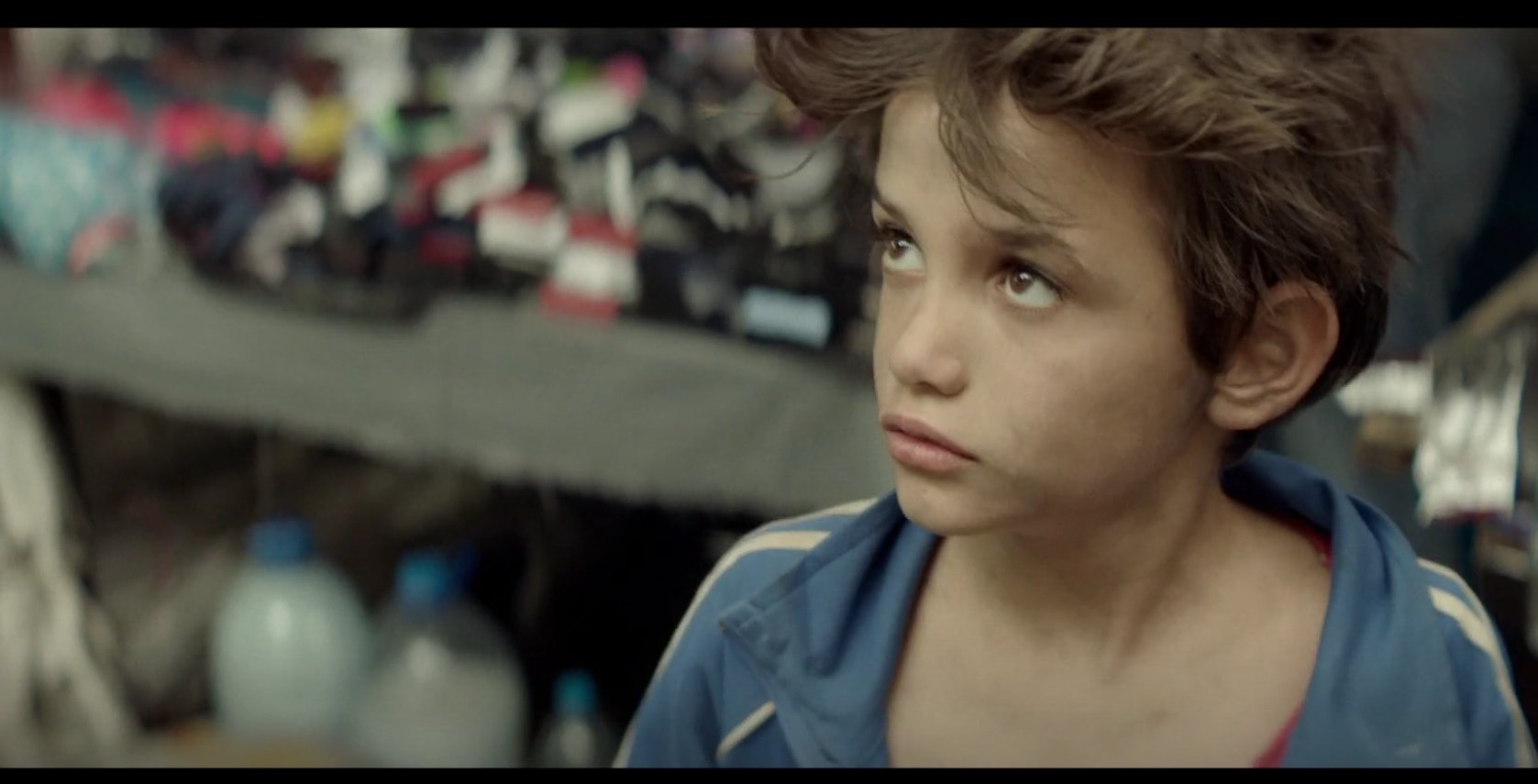
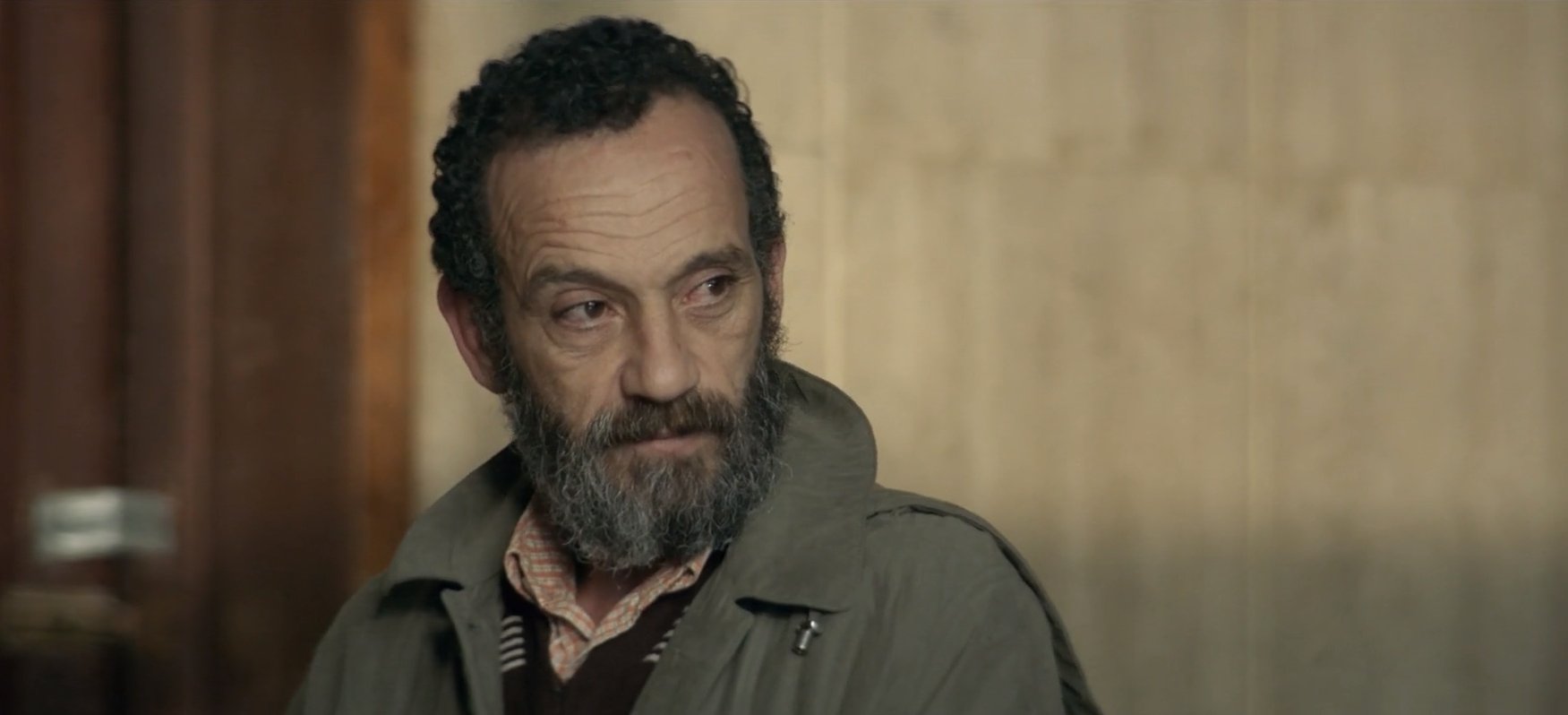

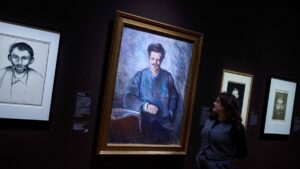






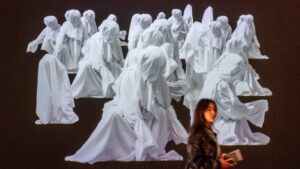






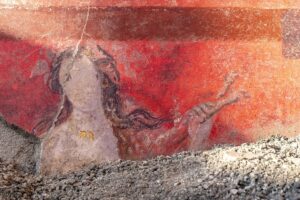

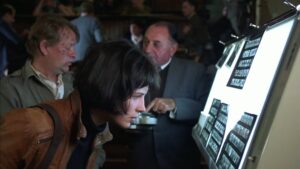
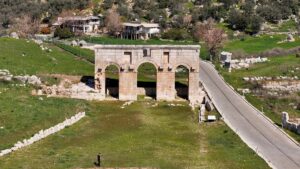








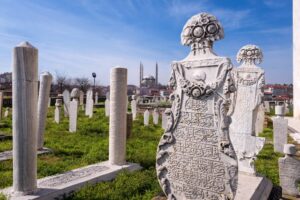

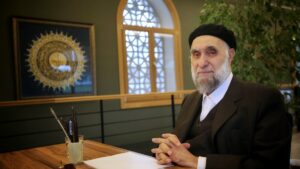





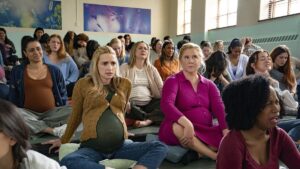
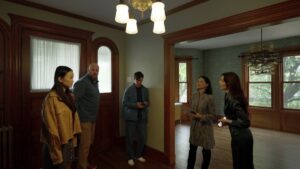

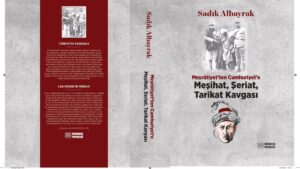




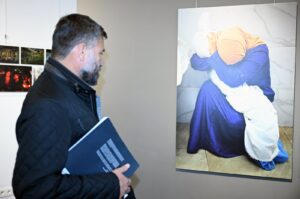
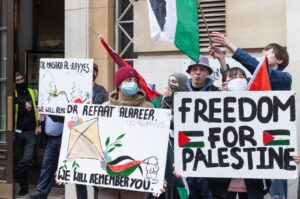


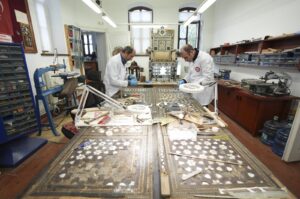


Be First to Comment